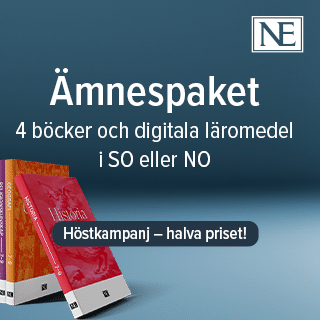Drawing Science: Visual Content Formation in Young Students’ Multimodal Science Compositions
Hur formeras naturkunskapsinnehåll visuellt i multimodala text-bildkompositioner gjorda av elever i tidiga skolår? Det är en av frågorna som Elin Westlund undersöker i sin avhandling.
Elin Westlund
Docent Charlotte Engblom, Uppsala universitet. Professor Caroline Liberg, Uppsala universitet
Professor Anna-Malin Karlsson, Stockholms universitet
Uppsala universitet
2022-06-10
Drawing Science: Visual Content Formation in Young Students’ Multimodal Science Compositions
Institutionen för pedagogik, didaktik och utbildningsstudier
Drawing Science: Visual Content Formation in Young Students’ Multimodal Science Compositions
This thesis explores visual formation of science content in young students’ multimodal text-image compositions. In doing so, it also contributes a metalanguage for visual meaning-making about science content in the early school years. Using social semiotic theory, the images and image-text relations of 93 multimodal compositions made by eight-year-old students as part of their science education were analysed. The results show that young students’ visual formation of science content in their text-image compositions is diverse and often complex. The thesis introduces seven types of content representation: theory, natural experience, event, art, person, attitude-evoking, and cultural heritage. These are usually combined with some of the other types. An in-depth analysis of these combinations suggests that the representations do not carry the same weight in creating a coherent multimodal science composition – they either function as the main representation or as a modifier. Mapping students’ representations in relation to teaching also indicates the impact teaching has on students’ visual formation of science content. Furthermore, a broadened analysis provided insights into three types of functions that aesthetics have for visual formation of science content. Each of these fulfils a set of values that makes it more or less aligned with the norms of science. The types correspond to a classic science norm, an extended science norm, and an artistic norm, respectively. Finally, the discussion outlines the implications of the results for teaching and learning. The results are discussed in relation to a broadened focus on content in literacy teaching during the early school years, followed by a discussion on how contributed metalanguage and methodology could function as tools for explicit teaching and assessment, and representations as tools for understanding. In conclusion, the thesis provides a flexible addition to the toolbox for students, teachers and researchers interested in how meaning-making about science content during the early school years works in relation to knowledge and norms.
Relaterade länkar

Fritidshem
 Åk F–6
Åk F–6 Matematikångest
 Åk 4–Vux
Åk 4–Vux 






